Close Things / MARTIN JENČA
A pen is like being at home
Things we use every day become as if invisible. But that doesn’t mean they don’t have to be pretty and functional. On the contrary, they should make us happy every time we see or touch them. Like, for example, such a pen – a close thing chosen by Martin Jenča.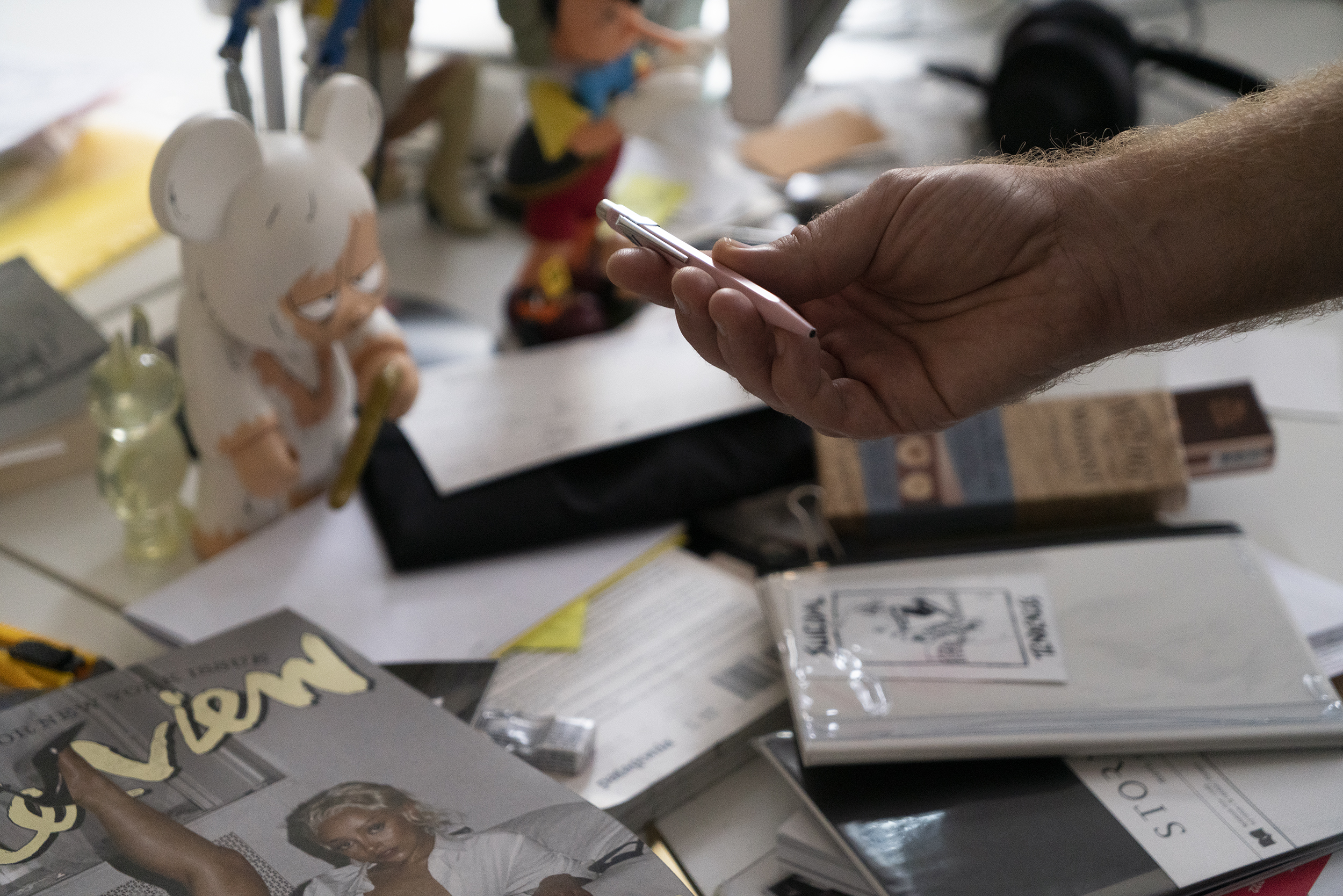
You are known to be a collector. Can you remember the very first thing in your life that you really wanted?
The very first one that came to mind was the Sobi 20. I was totally fascinated by that bike, I wanted to have it. My neighbour who lived on the same floor had one, and his was brutally tuned up.
As a kid, I never managed to get one, but I bought one a couple of years ago. I just needed it. And so I now have my Sobi 20.
I have one more childhood “trauma”. As a kid I was, a very long time ago, in a camp in Poland. And there I discovered their juice boxes. They looked so “western”, compared to what you could buy here. I was fascinated by the boxes and the design, especially their colour and simplicity. It was because of this that I spent all my pocket money on juices during the camp. And in the end I couldn’t take those boxes with me, I don’t even know why.
Maybe this is the beginning of your fascination with design, with the object?
Yes, if I were to go back to the very beginning, it started there, sometime in the 80s.
What about collecting? Are you a systematic or an unsystematic type?
I’m an impulsive collector. I started with bubblegum cards that were tied to an artifact or pop culture period. It continued with toys from contemporary or even older designers. And each time a collecting period came to fruition, I moved on to a different type of thing. Books and magazines followed. I still collect magazines from the month and year of my birth. I often find a nice parallel in them, some motif that characterizes me. And I still enjoy the first issues of magazines, as many of them – in this magazine “indie-boom” – end after the first or second issue. But even with those, I’m past the most intense phase. I’ll see what the next thing is.
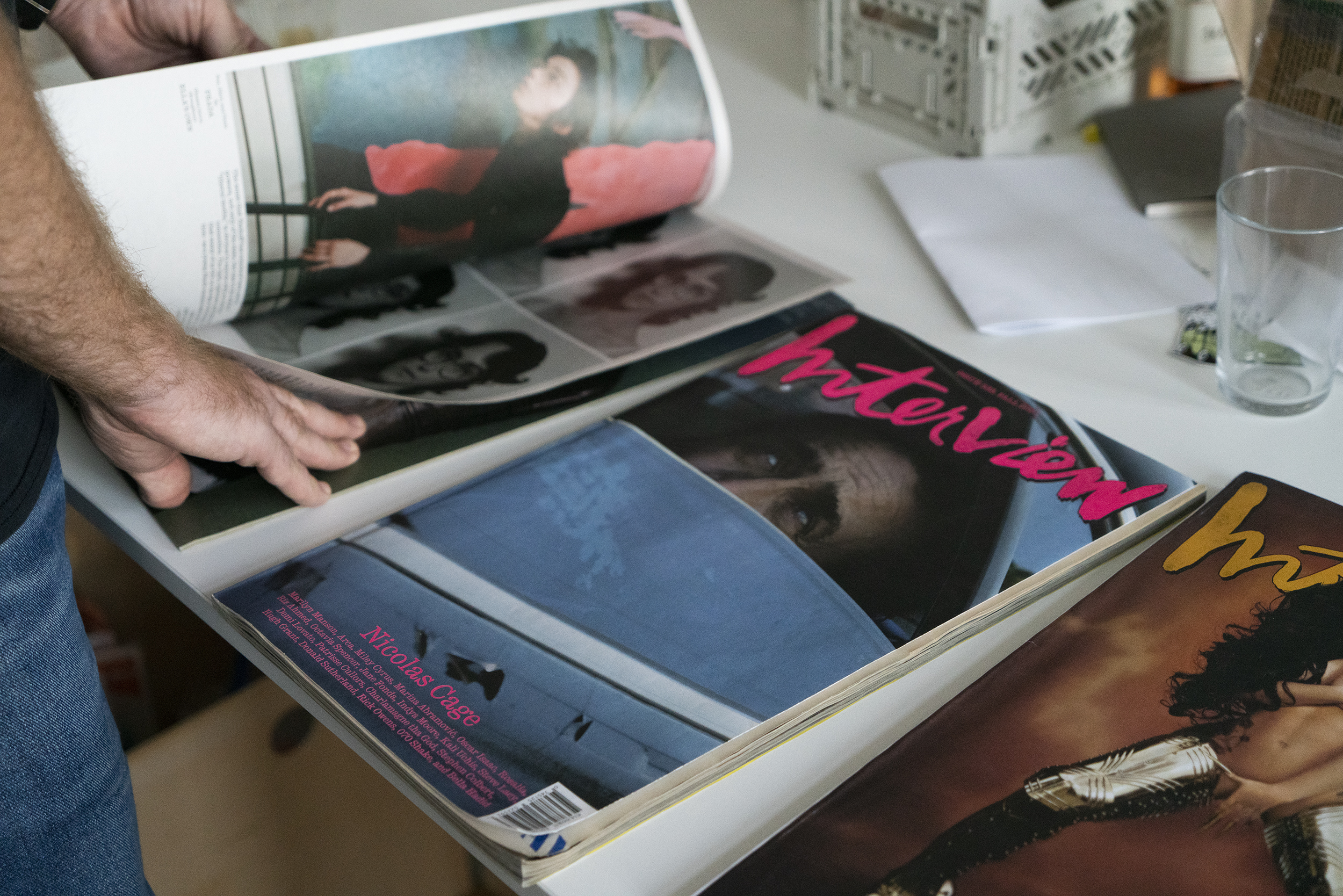
What constitutes the value of a particular thing for you? I don’t mean the financial one, but rather the value in terms of the idea, the age, the charisma of the object.
It’s a certain proximity. With some objects I feel as if they are part of me, others positively reinforce some part of me.
I’m not interested in the financial aspect, although I know that some things in my collection can be sold quite dearly, for example the aforementioned first issues of magazines. But I don’t want to sell them. For example, I haven’t even unboxed this Ghostbusters lego. I’m perfectly happy with the feeling of having it. And that’s all I really need with any one thing: to know that it’s mine.
Listening to you, it occurs to me that it was probably hard to decide on one item to tell me about today. I can see that the pen won out in the end.
I really enjoy things that are “invisible”. The ones that we use so often that we overlook them. And that’s exactly what a pen is. If it doesn’t have much value, we often tend to forget it somewhere and then it travels from person to person. But this pen, for me, is an object that I guard so that I don’t lose it. It’s kind of my creative “fella”.
In the end, that’s all you need: paper and pen.
Basically, yes. It’s kind of my security. And this pen also fascinates me as an object. It’s well-designed, but that design also has a practical level. It’s not heavy, its length is great, it fits in a pants or shirt pocket. That’s great, because I like to keep it handy. And I love the hexagonal shape, which I also prefer in pencils.
This particular pen belongs to the limited edition, the colour scheme of which was chosen by designer Paul Smith. I quite like this pink, it’s very soft and works well with those metallic accents. I like the sound of it as well. And also the matte finish that this particular edition features. And of course the functionality. It feathers gently and glides very well on paper. Inside, it has a thick ink that will last for miles of writing.
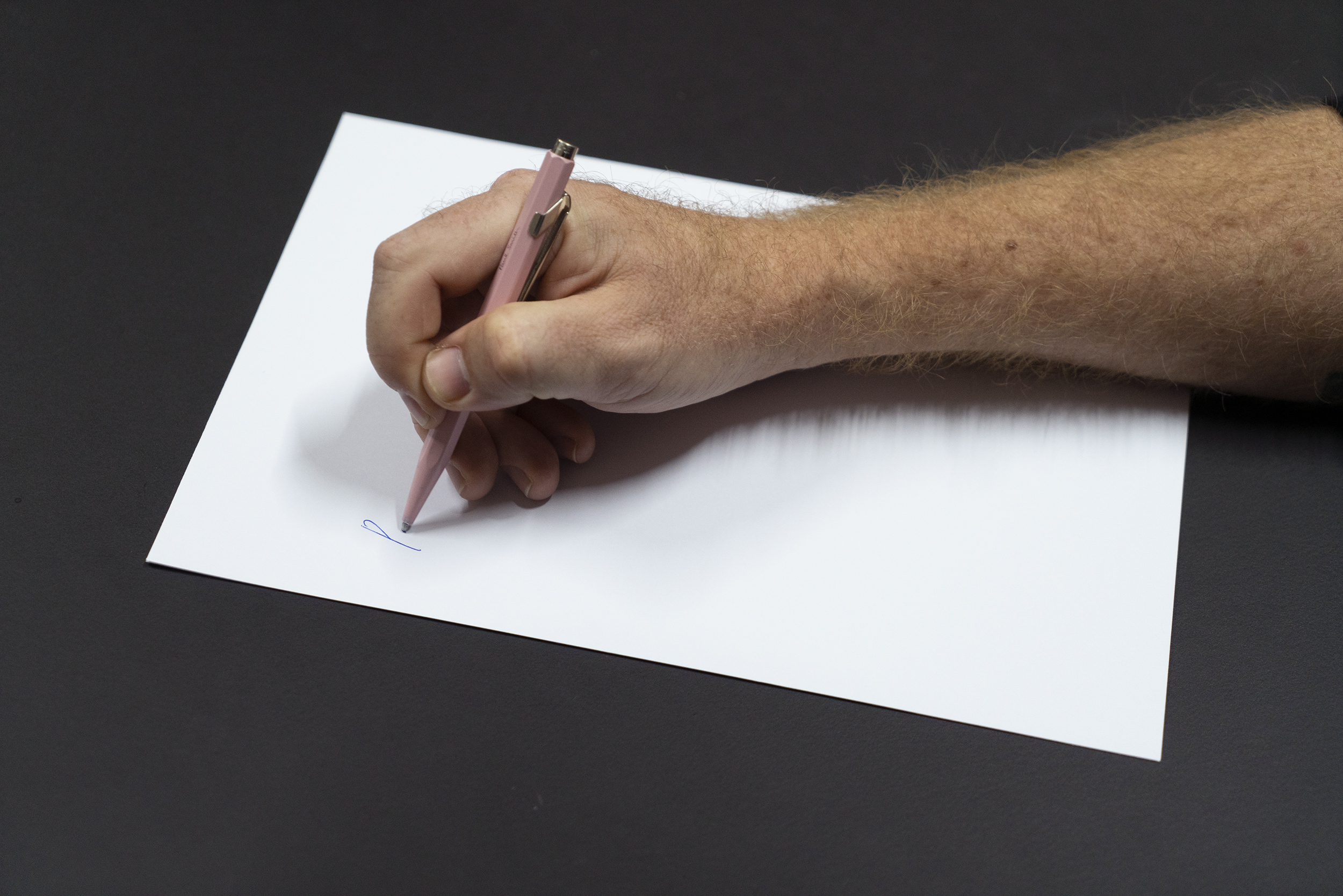
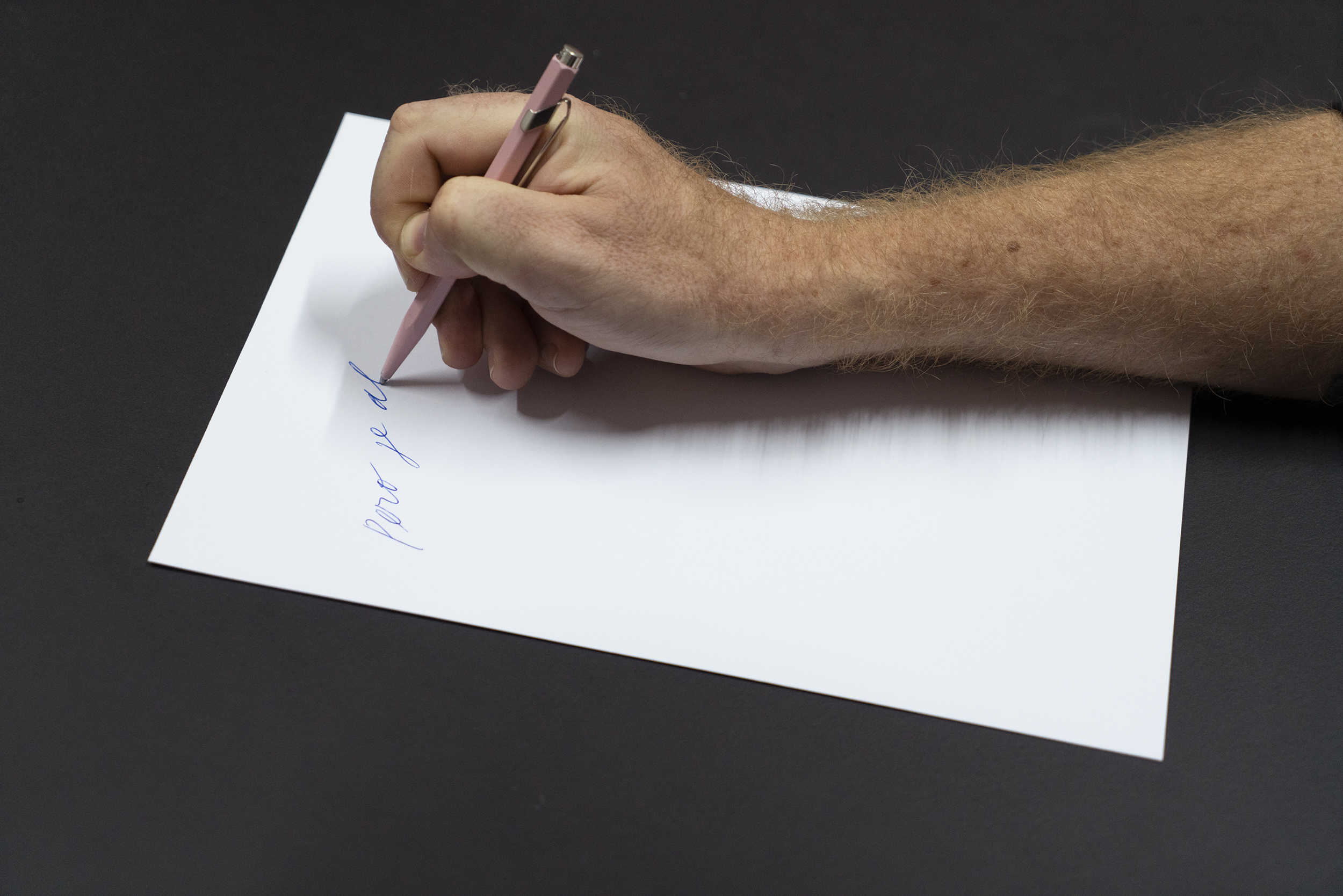
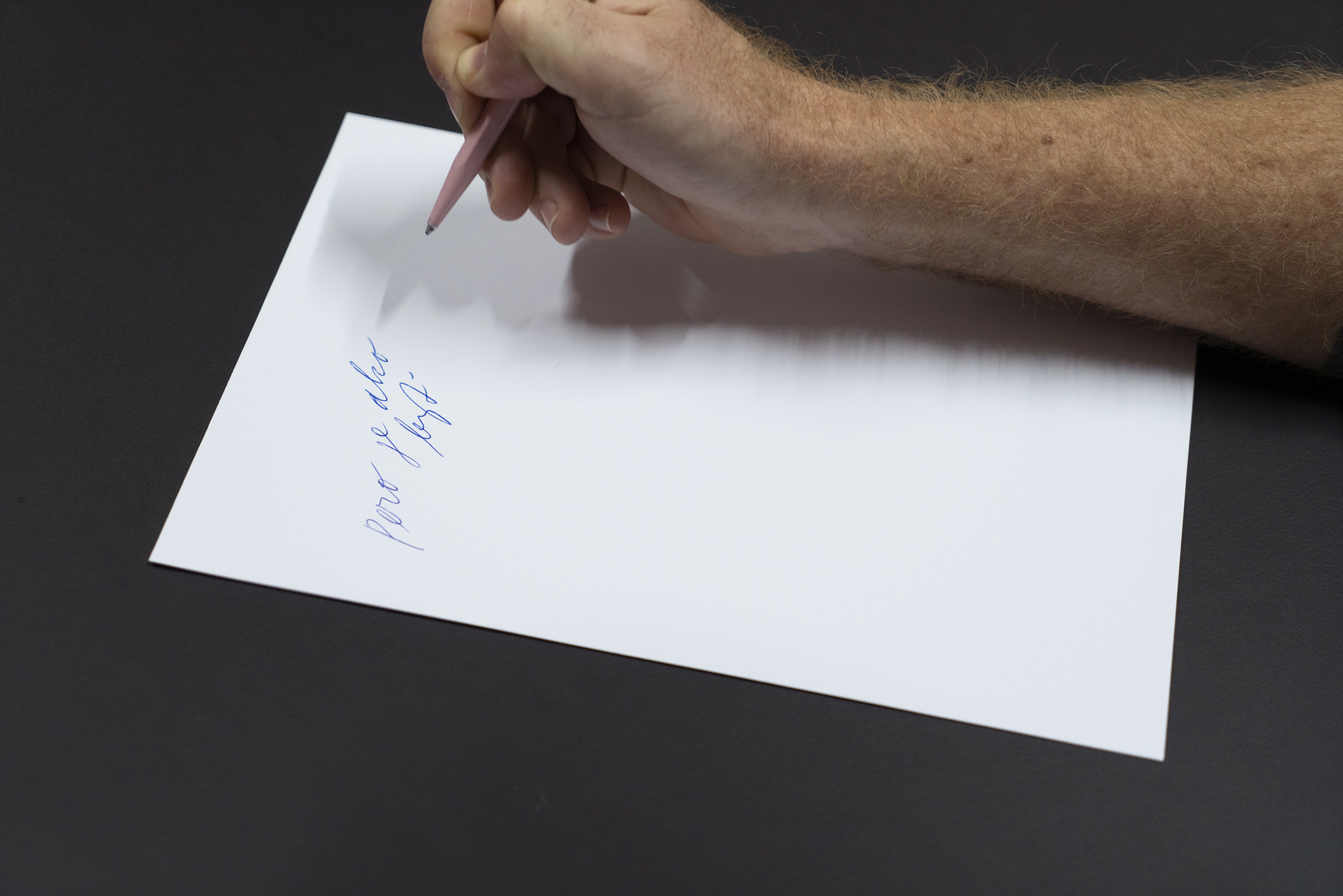
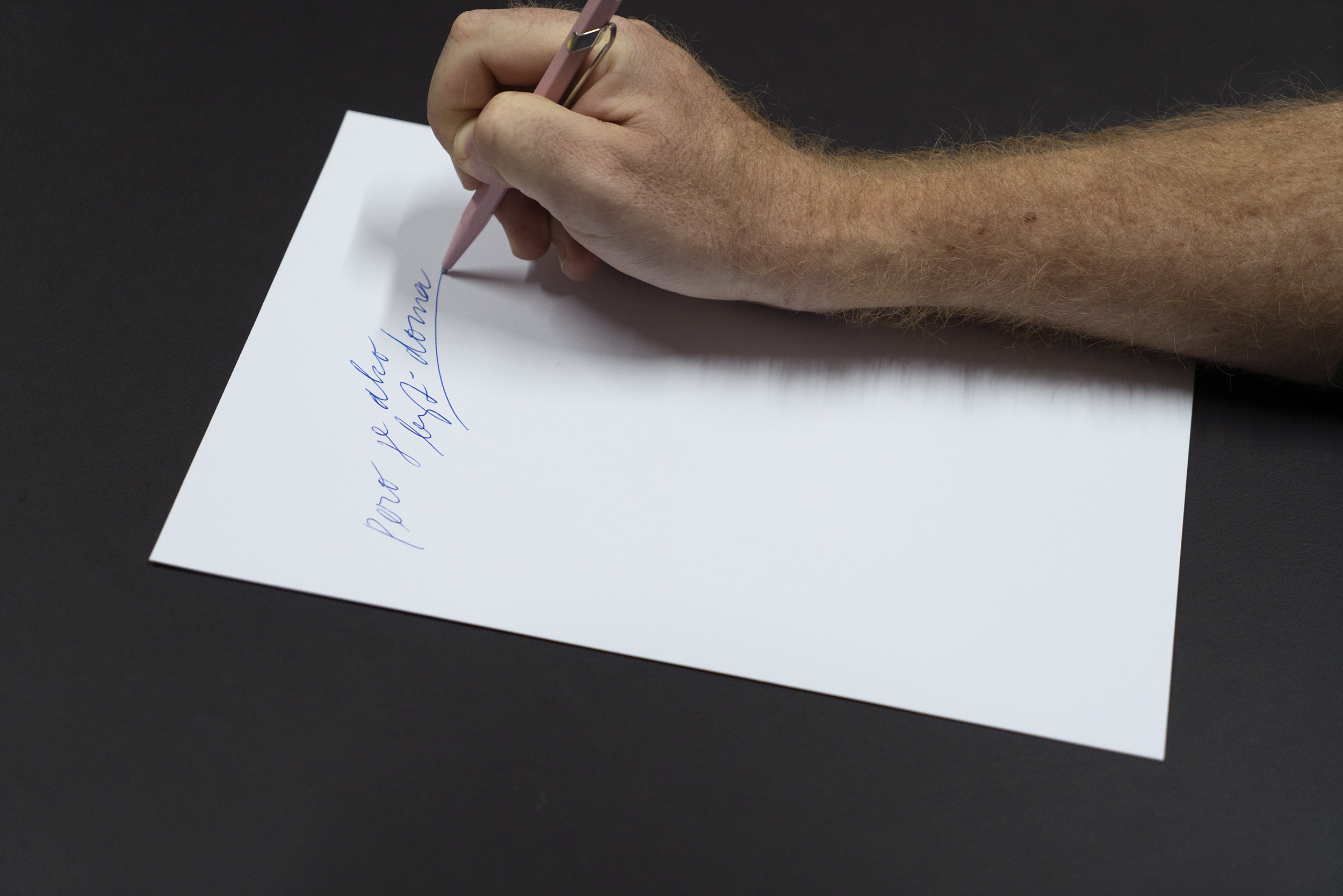
Who made it?
The brand is called Caran d’Ache, they’re Swiss. The edition of these pens, which they sell under the number 849, is very successful, probably because of the great price/performance ratio. The pens were originally made sometime in the 1950s, but this model is from 1969, when they “refreshed” it.
Paul Smith designed six colours for them for this limited edition. I also had a pistachio one which I lost, which is a shame, it complemented this pink one well. This edition is no longer available to buy. As it was very successful, they later made another pen where they combined all those colours. But that already had a “noisy” effect on me, it lost that appealing simplicity.
I like it when things fit together. For example, a pen and a notebook like that, which doesn’t even have to be pretty. But no. It has to be pretty!
This particular Caran d’Ache pen is not available here. For someone, a pen is a quick-turnaround thing, and then there’s a second group of people who see it as something very image-oriented, something they want to show off. And this one of mine is something in between.
Pens are among the things that form part of everyday existence, and therefore many do not attach importance to them. But precisely because they are with us almost constantly, we should be able to blend in with them. When you have a good pen, even the writing is completely different. And perhaps the thoughts that come with it.
Yes. I’m basically “at home” with this pen. And I like that. You can be anywhere, but those things that are with you create that feeling. This pen is kind of my little home.
When I was in Frankfurt recently for Buchmesse, I got talking to a publisher. I didn’t have my business card with me, so I wrote his contact on a piece of paper. And he pulled out the same pen on me, just in a different color, and said: Look what we have in common.
Martin Jenča is a graphic designer, co-founder of studio Milk – a collective of designers, visual artists, editors, writers and communication strategists. Martin co-founded and curates the international conference By Design, is also the editor and publisher of the design and business magazine Backstage Talks, and co-founder and curator of the specialist bookstore Brot Books Deli.